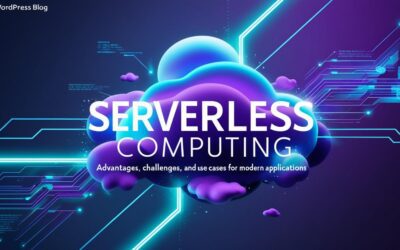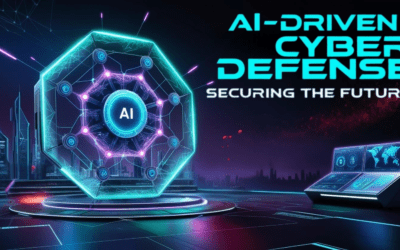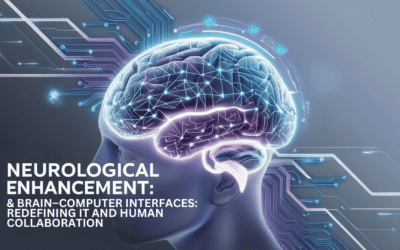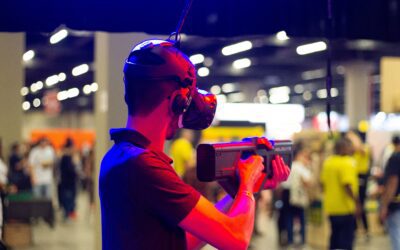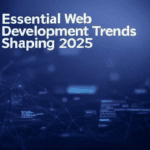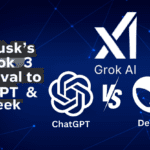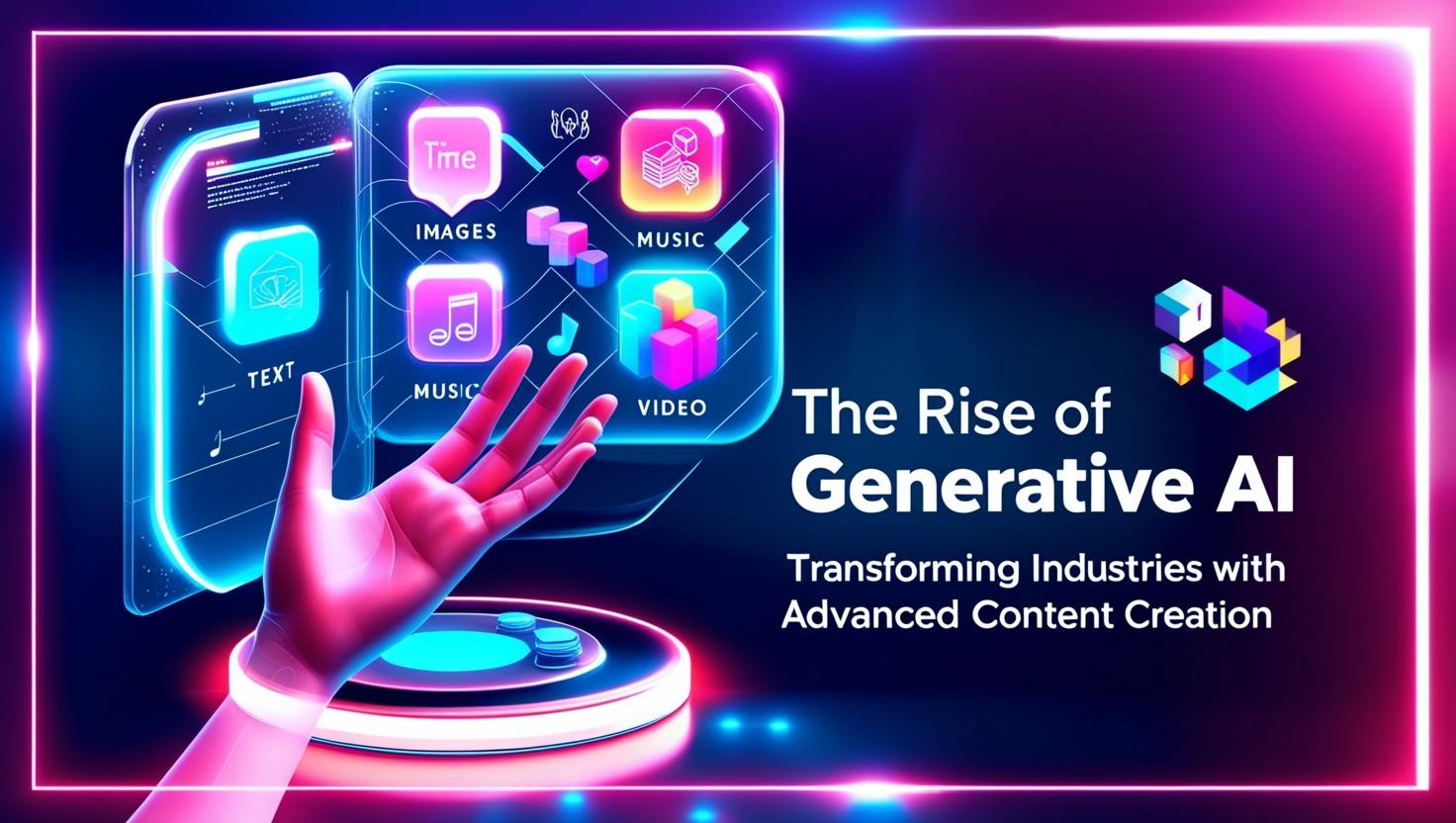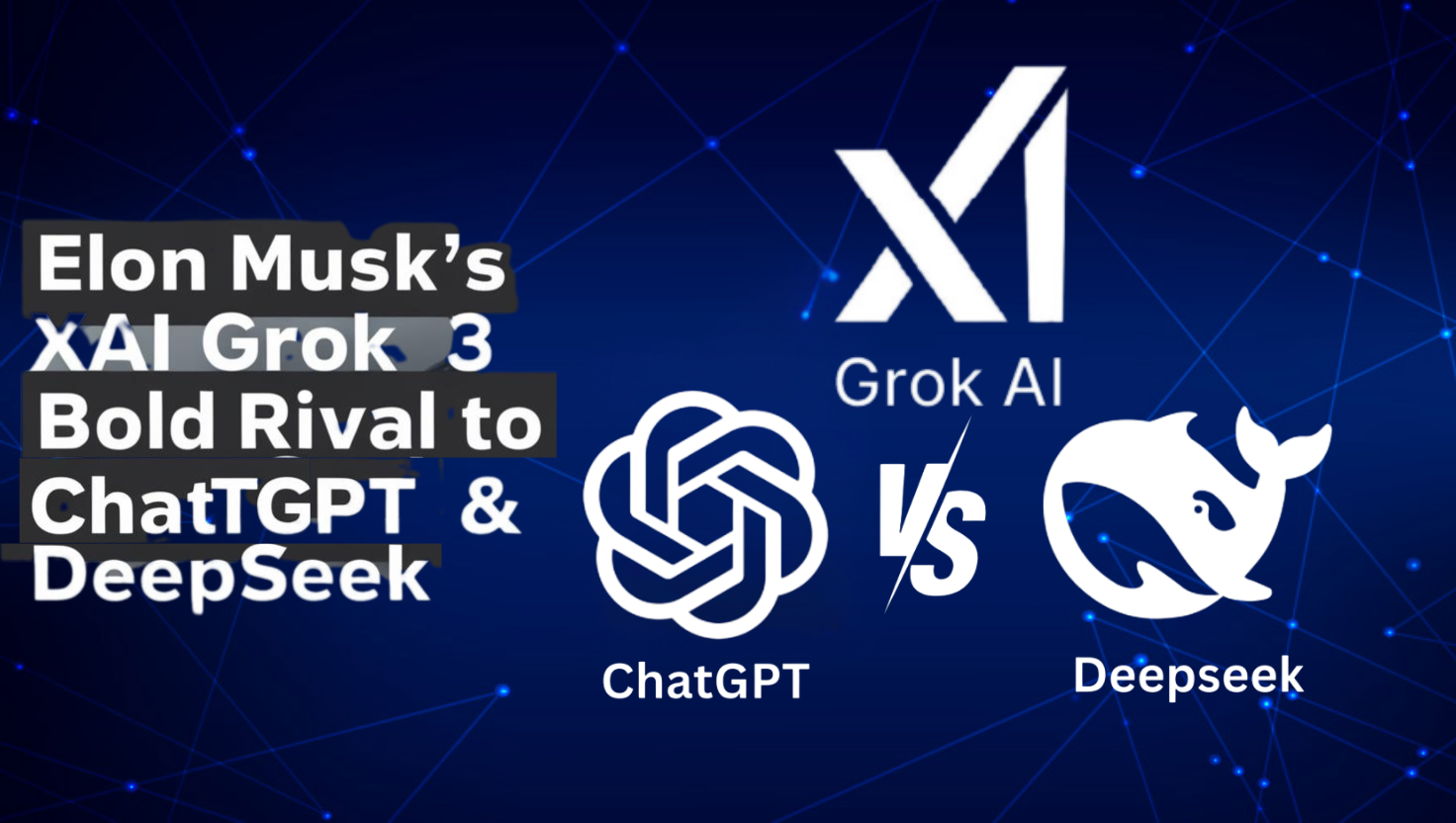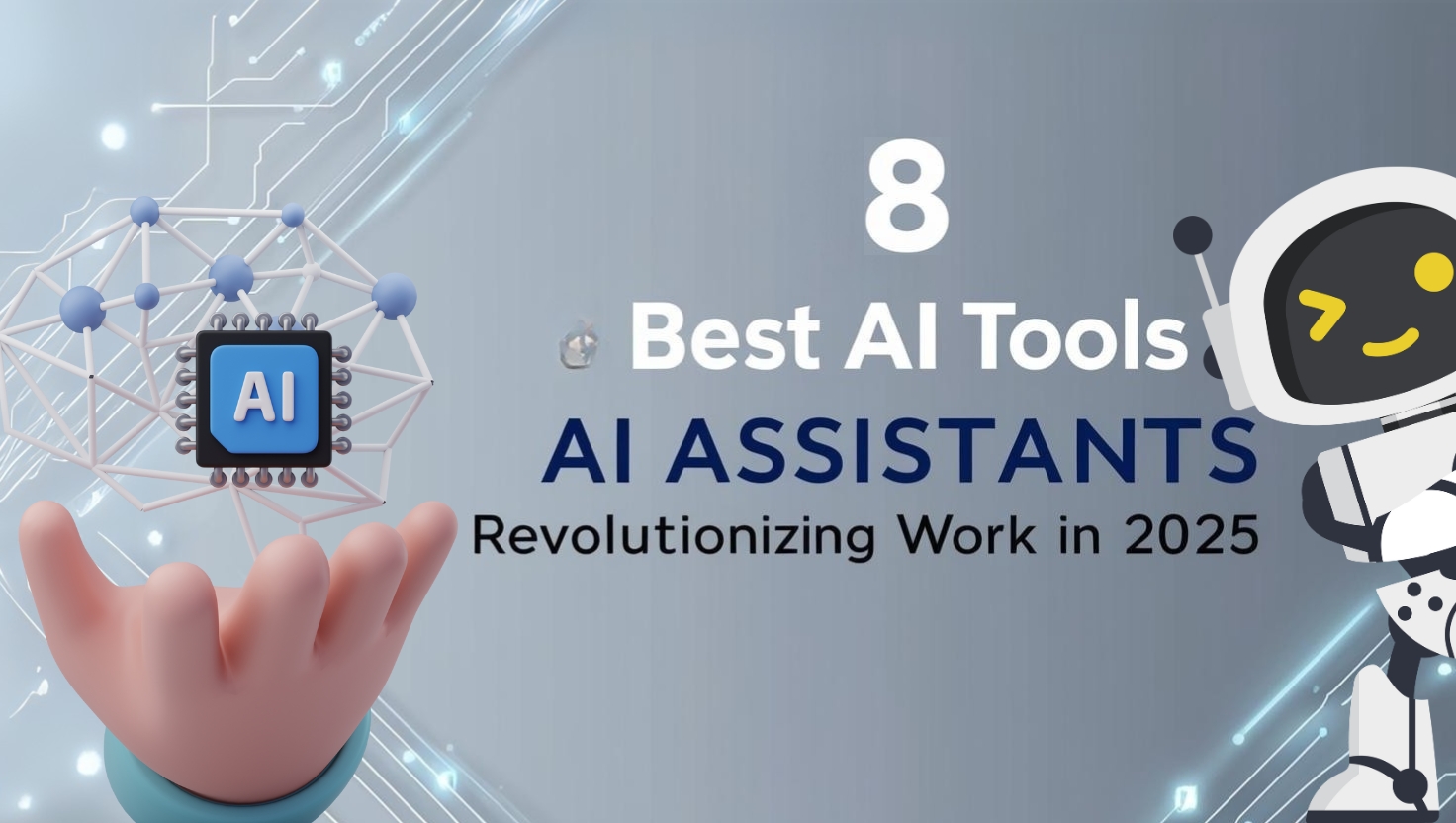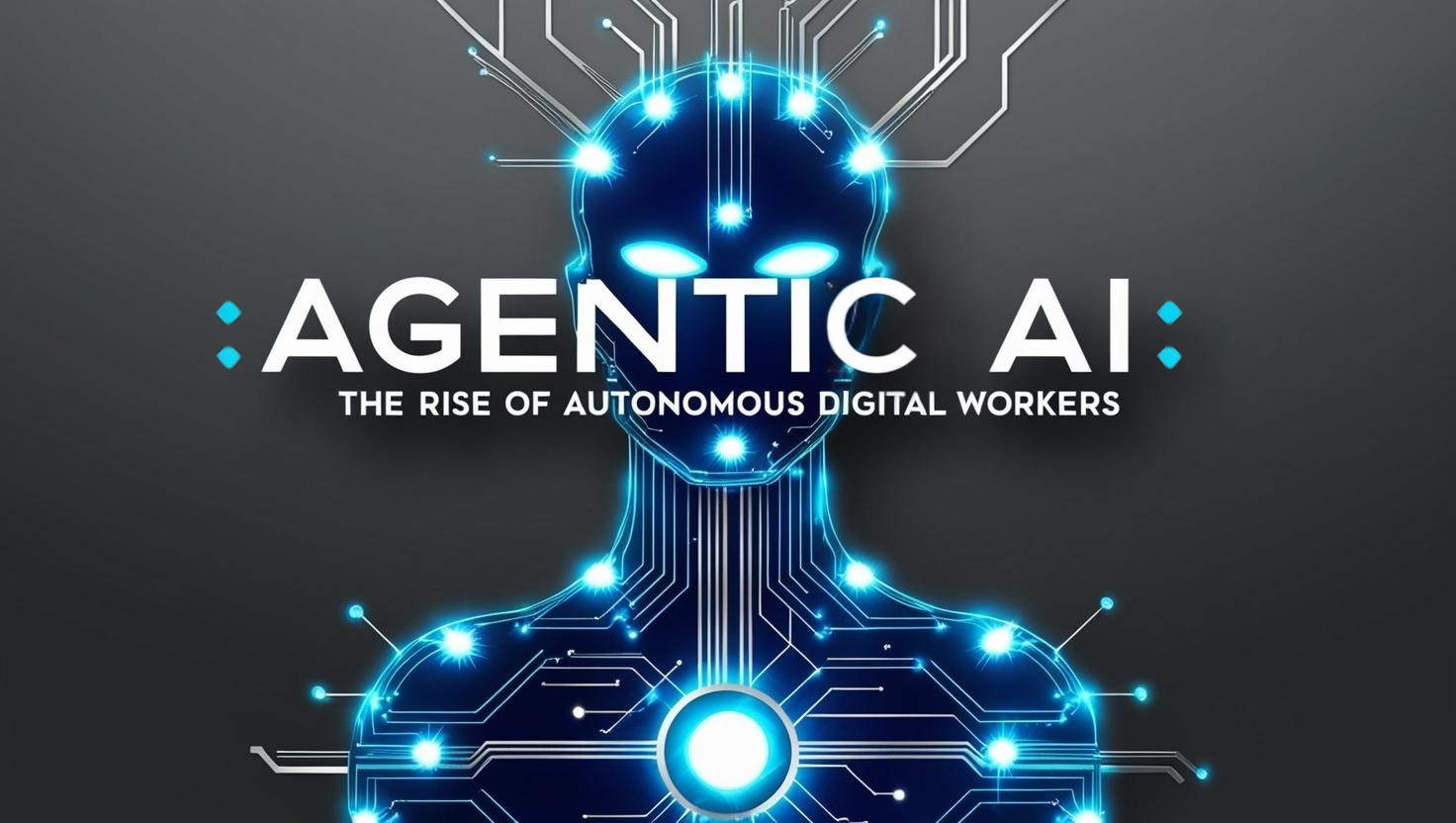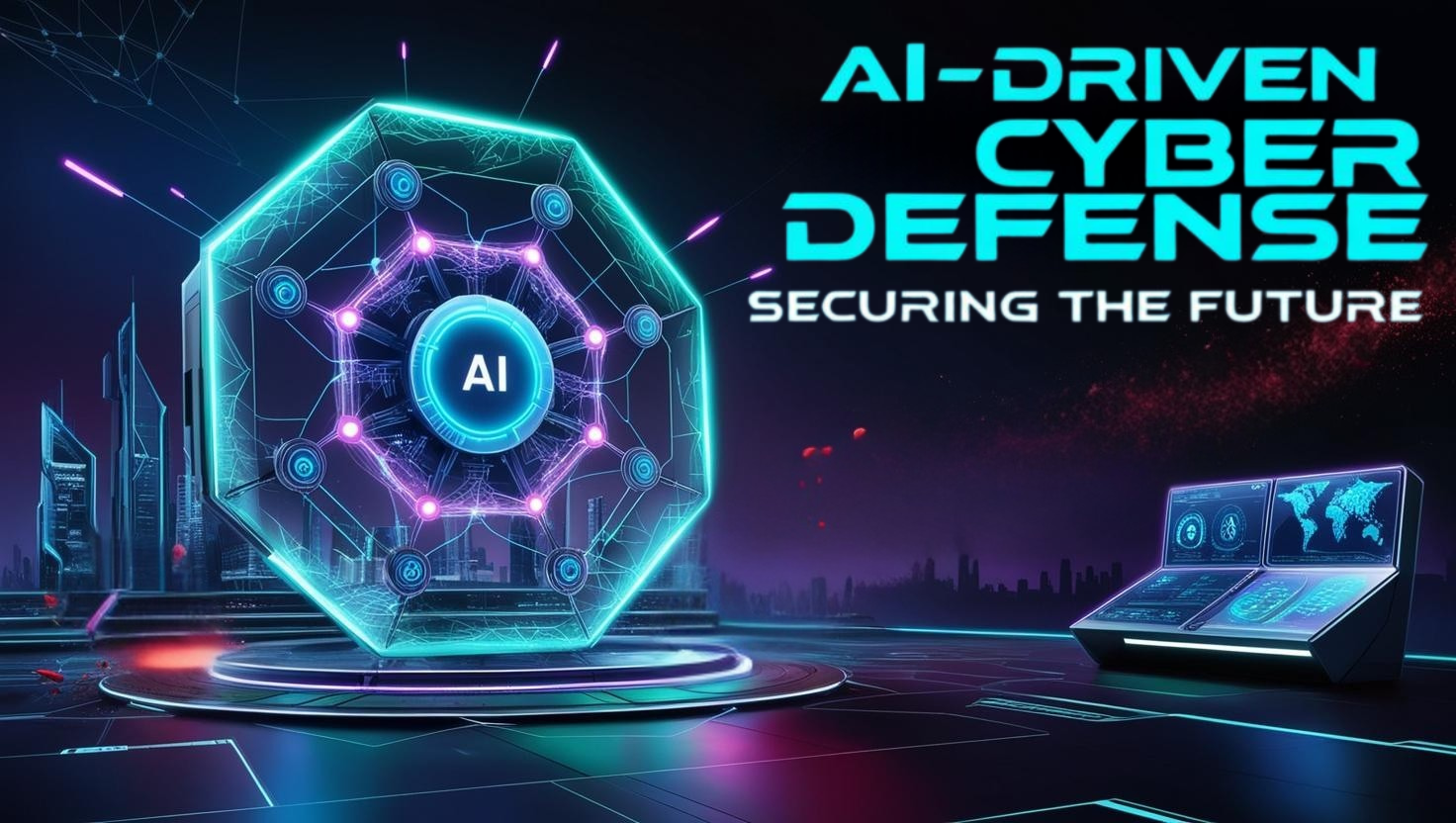Introduction: The Dawn of a Creative Revolution
Generative AI—a groundbreaking branch of artificial intelligence—is redefining how we create, innovate, and interact with technology. Unlike traditional rule-based systems, Generative AI leverages advanced machine learning models like Generative Adversarial Networks (GANs) and Transformers to autonomously produce text, images, music, and videos that mimic human creativity. By 2025, this technology is projected to add up to $4.4 trillion annually to the global economy, reshaping industries from marketing to healthcare. In this blog, we explore how Generative AI is transforming content creation, driving personalized experiences, and unlocking unprecedented possibilities for innovation.
How Generative AI Transforms Content Creation
1. Beyond Automation: Creativity at Scale
Traditional AI excels in structured tasks like fraud detection or predictive maintenance, relying on predefined rules and labeled datasets. In contrast, Generative AI learns from vast, unstructured data to generate original content. For instance:
- Netflix and Disney use AI to automate special effects and dubbing, reducing production costs while enhancing visual storytelling.
- Startups like Pocket FM leverage AI-generated voiceovers to scale audiobook libraries, delivering lifelike narratives in multiple languages.
This shift from automation to creation enables businesses to produce high-quality content faster and at scale, freeing human talent for strategic roles.
2. Hyper-Personalization in Marketing
Generative AI is revolutionizing marketing by tailoring content to individual preferences. For example:
- AI-powered tools analyze user behavior to generate personalized ads, social media posts, and product recommendations.
- Platforms like Google’s Gemini and OpenAI’s GPT-5 enable dynamic campaigns that adapt in real-time, boosting engagement by up to 40%.
This level of customization not only enhances customer experiences but also drives conversions, positioning Generative AI as a cornerstone of modern marketing strategies.
Innovative Applications Across Industries
1. Immersive Virtual Environments
Generative AI is pushing the boundaries of gaming and virtual reality (VR):
- Dynamic Storytelling: AI generates adaptive narratives in games, where player choices shape unique storylines.
- Virtual Influencers: Brands like Lil Miquela use AI-created personas to engage audiences with lifelike interactions.
These innovations are democratizing content creation, allowing even small studios to compete with industry giants.
2. Healthcare and Drug Discovery
Generative AI accelerates medical breakthroughs:
- Drug Development: Models like Google’s Med-PaLM analyze medical data to propose new drug formulations, slashing research timelines.
- Personalized Treatment: AI generates tailored care plans by synthesizing patient histories, improving outcomes in oncology and chronic disease management.
3. Manufacturing and Design
In sectors like automotive and aerospace, AI-driven generative design tools produce lightweight, cost-effective prototypes by simulating thousands of design permutations.
Generative AI vs. Traditional AI: Key Differences
| Aspect | Generative AI | Traditional AI |
|---|---|---|
| Objective | Creates original content (text, images) | Solves structured tasks (classification, prediction) |
| Learning Approach | Unsupervised learning from vast datasets | Rule-based or supervised learning |
| Flexibility | Adapts to new scenarios and creative tasks | Limited to predefined rules |
| Examples | DALL·E, GPT-4 | Fraud detection systems, recommendation engines |
Traditional AI remains vital for tasks requiring precision, but Generative AI’s adaptability makes it indispensable for innovation.
Challenges and Ethical Considerations
While Generative AI offers immense potential, it also raises critical concerns:
- Deepfakes and Misinformation: The ability to create hyper-realistic fake content necessitates robust verification tools like AI watermarking.
- Bias Mitigation: Models trained on biased data can perpetuate harmful stereotypes, requiring ethical frameworks like the EU AI Act to ensure accountability.
- Computational Costs: Training advanced models demands significant resources, limiting accessibility for smaller enterprises.
Conclusion: Embracing the Generative Future
Generative AI is not just a technological leap—it’s a paradigm shift in how industries operate. Businesses that adopt this technology stand to gain 15–40% productivity boosts, according to McKinsey. To stay competitive:
- Invest in Upskilling: Train teams in prompt engineering and AI ethics.
- Prioritize Ethical AI: Implement transparency measures and bias audits.
- Experiment Strategically: Start with pilot projects in marketing or customer service to gauge ROI.
As Generative AI continues to evolve, its fusion with human creativity will unlock opportunities we’ve yet to imagine. The future belongs to those who innovate boldly—and responsibly.
Sources & Further Reading:


